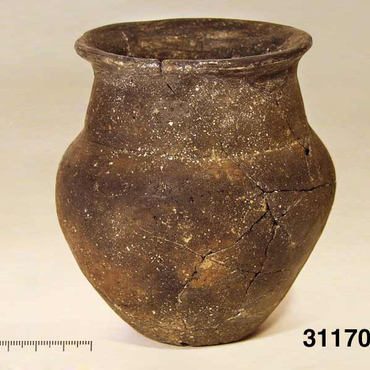
- Home
- Crafts and trade
- The monopoly of Marseille
400/225 BCE
Inland, imports decreased during the 4th century BCE. This was not the case at Lattes, where imports from Marseille – already significant in the preceding period – increased. Products from Iberia almost completely disappeared, while Greek amphorae and goods from Carthage became rarer. Indigenous, non-wheel-thrown ceramics were still plentiful, and of many different shapes, which demonstrates the various uses to which they were put. Tableware was basically of Massalian origin, including pitchers, olpes, dishes, drinking vessels, lekane, etc. Mortars were also imported.
Wine from Marseille was much appreciated by the residents of Lattara, as can be seen by the very large number of amphorae found in domestic settings. Vases for tableware and for wine consumption(kraters, bowls) were imported from the region of Athens.A few black-glazed pieces (plates, dishes, cups and bowls) made in Italy (probably Rome) were distributed in southern France. Around 250 BCE, Italian wine began to be imported. For more than 200 years, Marseille enjoyed a near-monopoly on trade between Provence and the Herault region, as far as Agde, inundating the market with its wine and ceramics.






